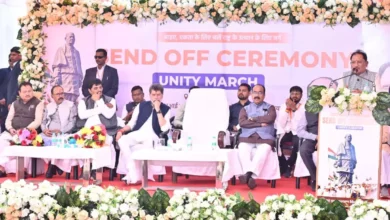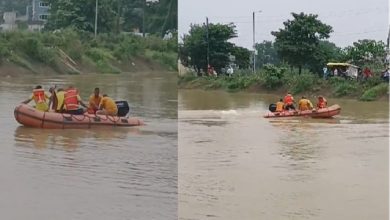Flash flood: State Irrigation Department to set up 30 rain gauge stations in rivers

The State Irrigation Department has proposed to install about 30 pluviometer stations in the rivers flowing into the tributaries of Subhimalaya region to obtain updated information on rainfall and water level of rivers to reduce the damage caused by floods.
The decision was taken after flash floods in Teesta on October 4, which affected parts of Sikkim and Kalimpong and killed at least 14 people. In October 2022, a flash flood in the Mal River bordering Malbazar city killed several people.
“Yes, we have pluviometers installed at various places to measure rainfall and water level of rivers through both automatic systems and manual. But this time, we plan to cover the rivers more extensively, that is, the various rivers that descend from the hills of Sikkim, Darjeeling and Bhutan and flow through districts like Darjeeling and Jalpaiguri. The idea is to develop an integral mechanism so that we can send early warnings if there is a continuous rise in the water level of rivers due to heavy rains or any other reason”, said Krishnendu Bhowmick, engineer chief (NORESTE). State Revenue Department.
According to him, there is a plan to install pluviometers in about 30 areas at the foothills of the mountains. “The work will be done in phases,” he said.
In the first phase, pluviometers were installed near NH31 at Dudhia for Balason River, at Gulma for Mahananda River, at Mohargong-Gulma for Panchnoi River and at Nagarakata for Diana River.
“Additionally, we will install pluviometers in Karatowa, the Mahananda canal where it meets the Teesta canal, and the Karala river aqueduct that flows through Jalpaiguri. During the recent floods, Kalijhora and Gajoldoba were affected by bombardment”, said a source.
40 rivers flow through the hills and Bhutan, including the Jaldhaka and the Torsha.





